
Freezing foods prevents spoilage and preserves taste, but some frozen foods have a specific and defined shelf life. Foods that have exceeded their freezer shelf life are usually not dangerous, but they lack taste, nutrients or both, or exhibit an unnatural texture when defrosted. Unbaked or untoasted baked goods such as muffins or waffles have a freezer shelf life of only a month or two, whereas storing nuts in the freezer extends their shelf life for two years.
Commercially Frozen Food
Packaged foods purchased frozen, such as meat, vegetables or fully prepared dinners, usually carry an expiration date. That sell-by date means the products can no longer legally be offered for sale, but it's still safe to consume them after that date. Taste or texture may be affected by prolonged storage, however.
Baked Goods
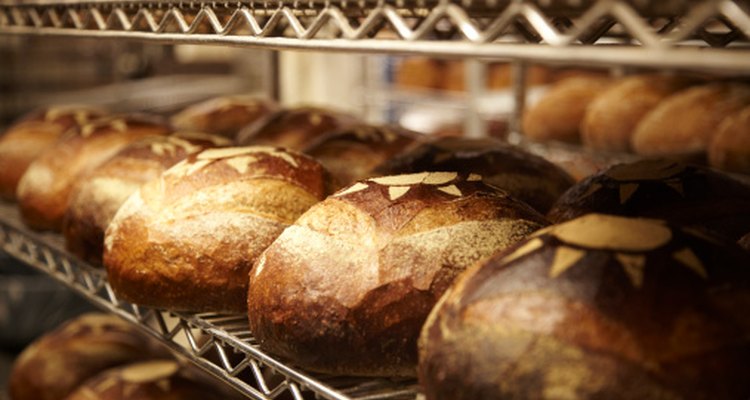
Bread typically lasts in the freezer for one to two months. However, defrosted bread usually has a different texture than fresh bread; it tastes best when toasted. Light pies such as chiffon pie and pumpkin pie keep for a month in the freezer, whereas heavier pies and cakes have a freezer shelf life of six months. Fruit cakes and pies can be stored in the freezer for up to a year.
Meat and Poultry

Frozen meat of all types stays safe and healthy regardless of how long it is stored in the freezer. Recommendations for optimal meat storage time range from four to 12 months for uncooked, unprocessed meat, whereas ham, bacon, sausage and processed meats store well for one to two months. Chopped or ground meat should not be stored for longer than four months. Poultry recommendations are 12 months for whole, nine months for parts, and four months for cooked, whereas cooked meat is best eaten within 2 months of freezing.
Dairy Products and Substitutes
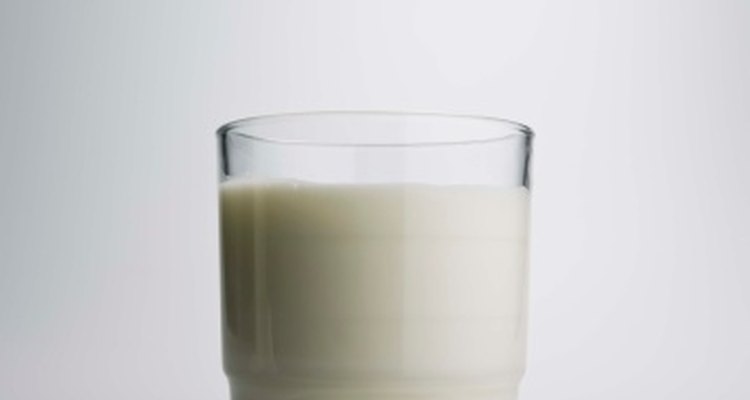
Milk can be stored in the freezer and retain its quality if used within a month, whereas most cheeses have a freezer shelf life of up to six months. Butter can be stored for up to a year, as can margarine. Cream and butter are best consumed within one to two months of storage, and ice cream tastes best when eaten within one to two months of purchase as well.
Fish and Shellfish
Lean raw fish such as cod has a freezer shelf life of six months, whereas fattier fish such as salmon or mackerel is best consumed within two to three months of freezing. Cooked fish retains its taste for up to four months in the freezer, whereas smoked fish has a maximum freezer shelf life of two months when kept in its original vacuum pack. Two months is the average freezing recommendation for shellfish, although live clams, oysters and scallops are best eaten within no more than 10 days of freezing.
Fruits, Nuts and Vegetables

Most fruits are best when consumed within six months of freezing, but melons have a freezer shelf life of up to a year. Freezer-stored nuts are best consumed within two years of freezing. The average shelf life for almost all frozen vegetables is eight to 12 months, but tomatoes and bell peppers are best consumed within three to four months. Do not freeze salad greens or green onions; they are not palatable when defrosted.
Related Articles

How to Keep Muffins From Going Moldy

Canned Tuna Vs. Fresh Tuna

How Long Can Tuna Stay Fresh?

If Meat Is Frozen, How Long Does It ...
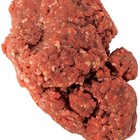
Dangers of Spoiled Ground Beef
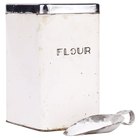
Does Flour Expire?

The Function of Fruits
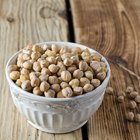
List of Vegetables That Contain Protein ...

Whole Milk Vs. Lactaid Milk

How Long Can Meat Stay out of the ...

How to Make Melon Ice Cream

How Long Can You Freeze a Roast?

How Long Can Frozen Food Sit Out Before ...

Are Pickled Vegetables Allowed on a Raw ...
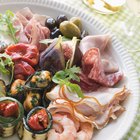
How Many Calories in Chopped Antipasto ...

How Long Is Cooked Chicken Good?

How to Freeze Tortilla Shells
Can You Freeze Shish Kabobs?

How Long Can You Refrigerate Nacho ...

How Fast Does Cooked Spaghetti Squash ...
References
Writer Bio
John DeMerceau is an American expatriate entrepreneur, marketing analyst and Web developer. He now lives and works in southeast Asia, where he creates websites and branding/marketing reports for international clients. DeMerceau graduated from Columbia University with a Bachelor of Arts in history.
Photo Credits
Jochen Sand/Photodisc/Getty Images